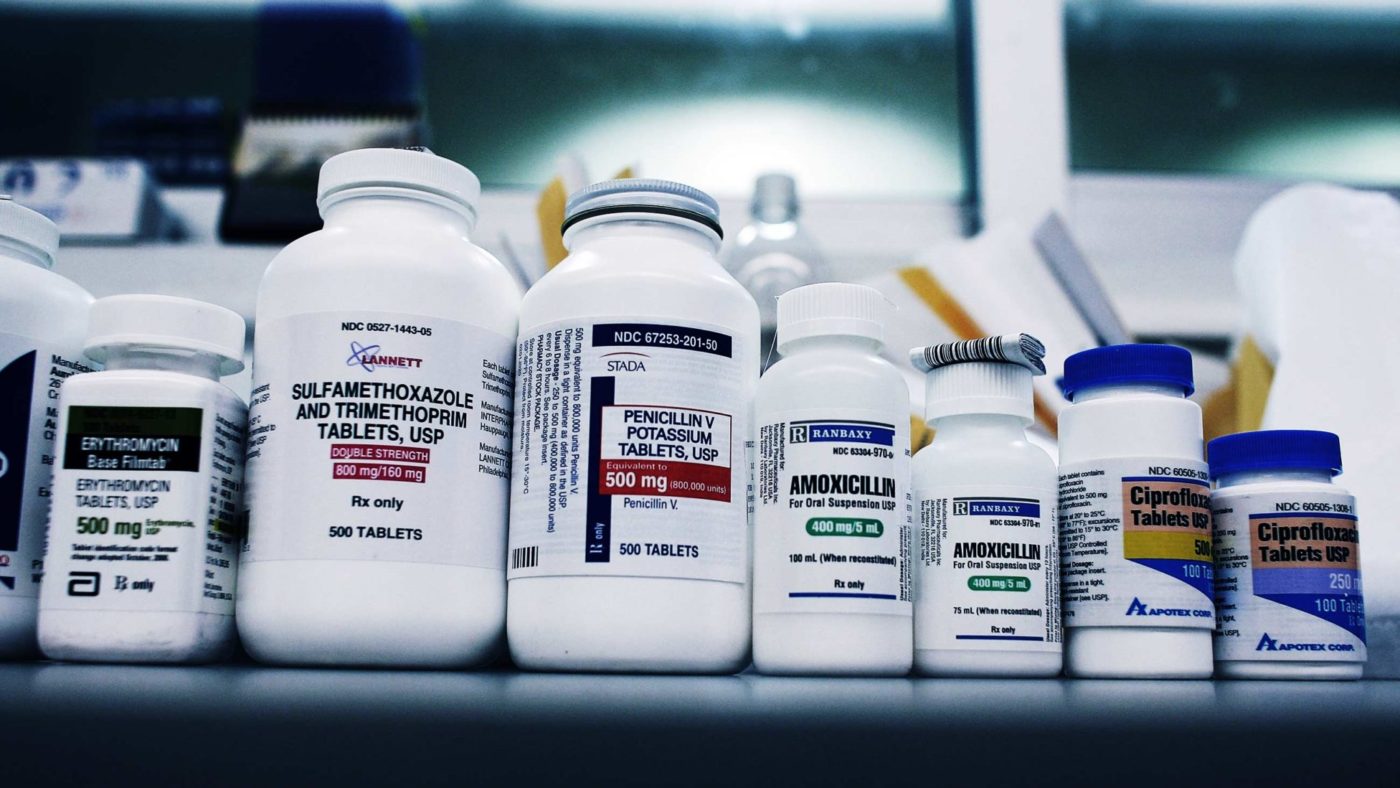The world’s running out of antibiotics that actually work. Or, if you prefer, the bugs are evolving to beat the antibiotics we’ve got.
Clearly this is a problem of some urgency, not least as nobody wants to go back to the days when an appendix operation risked giving the patient gangrene. Or, as actually happened to the US president Calvin Coolidge’s son, a blister on the toe picked up playing tennis led to death within a week from sepsis. The otherwise healthy child of one of the most powerful men on Earth taken away by a triviality that the medicine of the time could do nothing at all for.
The fact the stock of effective medication is diminishing strongly suggests the system currently in place to encourage the investigation and production of new drugs is no longer fit for purpose. Unlike the scientific difficulties of coming up with new treatments, the problem of patents and such is very much man-made. It’s also a reminder of the first great law of economics – incentives matter. Get those right, and there’s a good chance that life-saving solutions will follow.
While a great many people agree that the free market is usually the best solution to the problems of social and economic life, there are certainly times when it has its limitations. One of these exceptions is the provision of public goods. There’s a boring technical definition, but basically this covers things where it’s difficult to make a profit. In a system where profit is the only incentive, less profitable goods will tend to left by the wayside. How to deal with that obstacle depends on the good we are talking about.
One answer is simply not to use markets – that’s the approach generally taken in areas such as national defence. The first duty of government, is often said, is the defence of the realm. In the UK’s case, we gave the private sector a try in the Wars of the Roses and found the outcome wanting.
Another way of dealing with coming up with useful but not immediately profitable products is to deliberately construct something which provides the incentives which allow markets to work. That is how a system of patents and copyrights emerged.
Remember, there is nothing at all natural about the idea of intellectual property. That such a concept exists is born not from any idea of righteousness or justice, but from old-fashioned pragmatism.
It costs a lot to produce a novel, a new drug, an invention, but they’re startlingly easy to copy once they have been. Allowing a free-for-all would hugely reduce the incentive to invent, create and innovate – after all, why spend years slaving away on your masterpiece if some chancer can come along and pass it off as their own? The solution is to give the creator a new property right, which is what patents are. In the case of pharmaceuticals, they then get 20 years (perhaps 10 in the real world, given how long it takes to gets drugs approved) to make their profit before other companies are allowed to copy the product. Once the patent runs out it becomes “generic”, in industry parlance.
Given that this whole system is a purely pragmatic construct, there should be no hesitation in changing it for equally pragmatic reasons.
That is exactly what the crisis of antibiotic resistance requires. Under the current system, companies are incentivised to make as much money as possible during the time their patent is still running. That, unsurprisingly, means getting people to use the drugs in large volumes. With antibiotics, however, that is the last thing we want to see, as it will hasten the pace of microbial resistance and ultimately render the drug less effective.
The ideal scenario, then, is to have new antibiotics but limit their use so that they are ready for the few cases when existing drugs don’t work. Clearly the incentive system for drug production, as currently constructed, is wholly incompatible with the development of new antibiotics.
And this is by no means a purely theoretical problem. Very few new antibiotics have been developed recently, few are in development. The ones that already exist are running into problems with microbial resistance at exactly the time when there is not the pipeline of new drugs to replace them.
Thankfully it’s not beyond the wit of man to produce a tweak or two and arrive at a solution.
The answer is to pay the developers of new antibiotics a sum equivalent to what they would have made on general release but won’t because they’re going to be left on a special, emergency-only, shelf. Though the particulars would certainly take some thrashing out, the amount would be something along the lines of the development cost plus a profit on the capital employed. It would not include mass manufacturing costs, nor marketing and so on. The cost would run to quite possibly hundreds of millions of pounds for any new wide spectrum antibiotic.
The broader point here is that while free markets are great for a great number of things, they are not a panacea to all of the world’s issues and difficulties. Free and voluntary cooperation – all a market is – does solve a lot of them. The trick is to recognise the situations when they don’t. Antibiotics is just such a case – it’s time to create a new set of incentives to get the result we want.
CapX depends on the generosity of its readers. If you value what we do, please consider making a donation.


